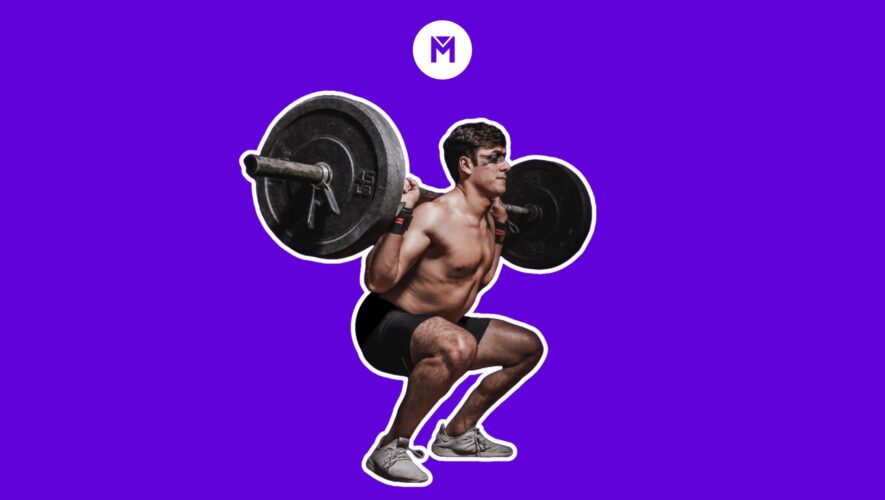In the pursuit of a well-balanced and formidable physique, placing as much emphasis on your lower body as you do on your upper body is a fundamental principle of bodybuilding.
The foundation of physical strength, stability, and athletic prowess is built upon a powerful lower body.
If that’s weak, your physique will never come across as impressive at all.
Not only does a robust lower body contribute to a visually appealing silhouette, but it also underpins your overall strength, enabling you to dominate in various athletic endeavours.
In this comprehensive guide, we’ll walk you through the ultimate lower body workout routine that will help you sculpt strong legs, firm glutes, and sturdy hamstrings that people notice.
Understanding the Lower Body Muscle Groups
Before diving into the specifics of the ultimate lower body workout routine, it’s essential to grasp the foundational elements – the key muscle groups that constitute the lower body.
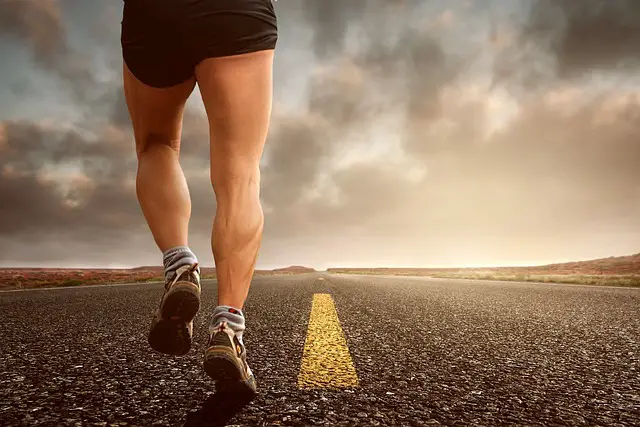
Let’s take a concise look at these muscle groups – the quadriceps, hamstrings, glutes, and calves – their functions, and why addressing each is critical for a balanced physique.
Quadriceps (Front Thigh Muscles)
The quadriceps, often referred to as the “quads,” are a group of four muscles located at the front of the thigh.
They include the rectus femoris, vastus lateralis, vastus medialis, and vastus intermedius.
The quads are responsible for extending the knee joint, allowing for movements like standing up, walking, and climbing stairs.
Hamstrings (Back Thigh Muscles)
The hamstrings are a group of muscles on the back of the thigh, consisting of the biceps femoris, semitendinosus, and semimembranosus.
These muscles play a crucial role in bending the knee and extending the hip joint.
They are engaged during activities such as running, jumping, and bending forward.
Glutes (Buttocks Muscles)
The glutes, comprising the gluteus maximus, gluteus medius, and gluteus minimus, are the large muscles in the body.
The gluteus maximus, in particular, is responsible for hip extension and contributes to movements like standing up, walking, and running.
Calves (Calf Muscles)
The calves consist of two primary muscles: the gastrocnemius and the soleus.
These muscles are responsible for ankle plantar flexion, which involves pointing the toes downward.
Strong calves are vital for walking, running, and jumping.
ALSO READ: Push Pull Legs Routine: 2X Muscle Gains with ONE Routine!
Exercises of a Lower Body Workout
Incorporating a variety of exercises that target the different lower body muscles is essential for a well-rounded and effective workout routine.
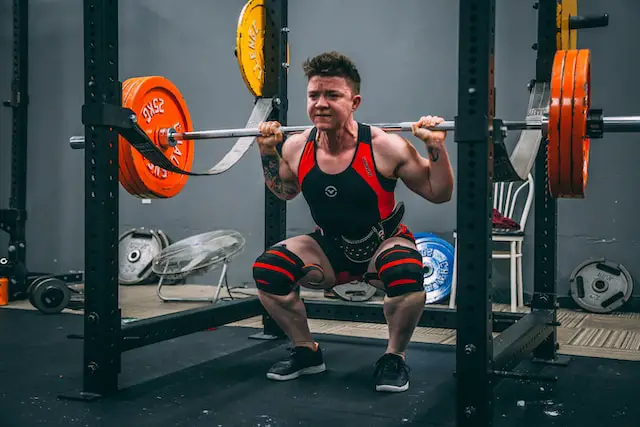
Let’s explore exercises for each muscle group in this lower body workout:
Quadriceps Exercises
Your quadriceps, located at the front of your thighs, are essential for daily movements and athletic performance.
Strengthening them not only adds to your aesthetic appeal but also boosts your functional abilities.
Here are some lower body workouts that focus on this pivotal muscle group:
Barbell Squats
- Position the barbell on your upper back, resting it on your traps and shoulders.
- Stand with feet shoulder-width apart.
- Keep your chest up, back straight, and core engaged.
- Lower your hips by bending your knees, pushing them outward.
- Lower until your thighs are parallel to the ground.
- Push through your heels to return to the starting position.
Bulgarian Split Squats
- Stand a couple of feet in front of a bench.
- Place one foot behind you on the bench.
- Lower your back knee toward the ground in a lunge motion.
- Keep your front knee directly above your ankle.
- Push through your front heel to return to the starting position.
Leg Press Machine
- Get on the leg press machine with your back against the pad.
- Place your feet shoulder-width apart on the platform.
- Release the safety handles and lower the weight by bending your knees.
- Push the platform away by straightening your legs.
- Lower the platform under control and repeat.
Bodyweight Lunges
- Stand with feet hip-width apart.
- Take a step forward with one leg, bending both knees to lower into a lunge.
- The back knee should hover above the ground.
- Push through the front heel to return to the starting position.
- Alternate legs for each lunge.
Hamstrings Exercises
The hamstrings, located at the back of your thighs, are essential for various movements, from bending your knees to propelling you forward.
Strengthening them not only contributes to balanced lower body development but also helps prevent injuries.
Here are some lower body workouts that focus on this crucial muscle group:
Romanian Deadlifts
- Hold a barbell or dumbbells in front of your thighs.
- Hinge at the hips, keeping your back straight.
- Lower the weight while keeping it close to your body.
- Feel the stretch in your hamstrings as you lower.
- Return to the upright position by contracting your hamstrings and glutes.
Hamstring Curls (Machine)
- Lie face down on the hamstring curl machine.
- Adjust the machine so your heels are against the resistance pad.
- Curl your legs up, bringing your heels toward your glutes.
- Squeeze your hamstrings at the top of the movement.
- Lower the weight under control and repeat.
Glute Bridges
- Lie on your back with knees bent and feet flat on the floor.
- Drive through your heels to lift your hips off the ground.
- Squeeze your glutes at the top of the movement.
- Lower your hips back down and repeat.
- You can also place a weight or barbell across your hips for added resistance.
Stability Ball Leg Curls
- Lie on your back with your feet on a stability ball.
- Lift your hips off the ground to create a straight line from shoulders to heels.
- Bend your knees to roll the ball toward your glutes.
- Extend your legs to roll the ball away and return to the starting position.
- Focus on engaging your hamstrings throughout the movement.
Glutes Exercises
The glutes, often referred to as the body’s powerhouse, are integral for stability, power, and aesthetics.
Here are some lower body workouts that focus on activating and sculpting these crucial muscles:
Barbell Hip Thrusts
- Sit on the ground with your upper back against a bench and a barbell across your hips. You can do it without a barbell too.
- Roll the barbell toward your hips and lean back against the bench.
- Plant your feet on the ground, hip-width apart.
- Drive through your heels to lift your hips off the ground.
- Squeeze your glutes at the top and then lower back down.
Bulgarian Split Squats (Glute Focus)
- Stand a couple of feet in front of a bench.
- Place one foot behind you on the bench.
- Lower your back knee toward the ground in a lunge motion.
- Focus on pushing through your front heel to activate the glutes.
- Push back up to the starting position.
Cable Kickbacks
- Attach an ankle strap to a cable machine.
- Strap it around one ankle and stand facing the machine.
- Kick your strapped leg straight back, engaging the glutes.
- Squeeze your glutes at the top of the movement.
- Lower your leg under control and repeat.
Sumo Deadlifts
- Stand with your feet wider than shoulder-width apart, toes pointed out.
- Grip the barbell with hands inside your legs.
- Keep your back straight and chest up.
- Push through your heels and stand up, thrusting your hips forward.
- Lower the barbell back down with control.
Calves Exercises
The calves, located at the back of your lower legs, are crucial for movements like walking, running, and jumping.
Here are some lower body workouts that focus on this often overlooked yet essential muscle group:
Standing Calf Raises
- Stand with your feet on the edge of a raised surface.
- Lower your heels below the level of the surface.
- Push up onto your toes, lifting your heels as high as possible.
- Lower your heels back down and repeat.
- You can hold onto a support for balance if needed.
Seated Calf Raises
- Sit at a calf raise machine with your knees bent and feet on the platform.
- Push up onto your toes, lifting the weight by extending your ankles.
- Lower your heels back down and repeat.
- Ensure the movement is controlled and focused on the calves.
Jump Rope
- Hold the handles of a jump rope in each hand.
- Swing the rope over your head and jump over it as it passes under your feet.
- Land softly on the balls of your feet.
- Increase the intensity by increasing the speed of the rope and incorporating variations.
Box Jumps
- Stand in front of a sturdy box or platform.
- Bend your knees and jump onto the box, landing softly.
- Step or jump back down to the ground.
- Ensure your landing is controlled to protect your joints.
Incorporating these exercises into your lower body workout ensures comprehensive muscle engagement, balanced development, and improved overall lower body strength.
Remember to start with proper form and gradually increase weights and repetitions as your strength improves.
Do not go for anything beyond your strength as it might cause injury.
ALSO READ: Muscle Science: Ultimate 12-Week Upper Body Workout (2023)
Is it OK to Work out the Lower Body Every day?
Performing lower body workouts every day can have both benefits and potential drawbacks, depending on various factors such as your fitness level, goals, recovery ability, and the intensity of your workouts.
Let’s explore the considerations when it comes to lower body workouts on a regular basis:
Benefits
- Frequency of Stimulus: Training a muscle group more frequently can potentially lead to increased muscle growth and strength gains over time.
- Skill and Form Improvement: Frequent practice of exercises can improve your technique and form, leading to better muscle engagement and reduced risk of injury.
- Caloric Expenditure: Intense lower body workouts can burn a significant amount of calories, aiding in weight management and fat loss.
Considerations
- Recovery: Lower body muscles are large and powerful, requiring adequate time to recover. Overtraining can lead to fatigue, decreased performance, and increased risk of injuries.
- Muscle Soreness: Intense daily workouts can lead to excessive muscle soreness, making it challenging to perform optimally in subsequent workouts.
- Central Nervous System Fatigue: Repeated heavy workouts can tax your central nervous system, affecting overall energy levels and performance.
- Variation and Plateaus: Working the same muscle groups daily might lead to plateaus in progress and limit muscle group variation, which is essential for balanced development.
Should I Eat Before Lower Body Workout?
Eating before a lower body workout can have a significant impact on your performance, energy levels, and overall workout experience.
However, your pre-workout plays a crucial role in determining whether eating before your lower body workout is beneficial or not.
Consuming a balanced meal containing carbohydrates, protein, and some healthy fats about 1-2 hours before your lower body workout can provide you with sustained energy and prevent discomfort during exercise.
Content of the Meal:
- Carbohydrates: Carbohydrates are your body’s primary source of energy. Consuming complex carbohydrates like whole grains, fruits, and vegetables can provide a steady release of energy during your lower body workout.
- Protein: Protein aids in muscle repair and recovery. Including a moderate amount of protein in your pre-workout meal can help support muscle function.
- Healthy Fats: While fat takes longer to digest, a small amount of healthy fats can provide sustained energy during longer lower body workouts. Go for sources like avocados, nuts, and seeds.
Benefits of Eating Before a Lower Body Workout:
- Sustained Energy: A pre-workout meal can provide you with the energy needed to power through your lower body workout, especially if it’s intense or involves heavy lifting.
- Improved Performance: Having adequate energy from a balanced meal can help you perform exercises with better form and technique, reducing the risk of injury.
- Reduced Fatigue: Proper nutrition before a workout can help prevent early fatigue and ensure you get the most out of your session.
Example Pre-Workout Meal Options:
- Whole-grain toast with avocado and a boiled egg.
- Greek yogurt with berries and a sprinkle of nuts.
- Oatmeal topped with banana slices and a tablespoon of nut butter.
- Quinoa salad with vegetables and grilled chicken.
How Quickly Can You Build Lower Body Strength?
The rate at which you can build lower body strength is influenced by a multitude of factors that interplay to determine progress. It’s not just a lower body workout that’s at play here.
It’s crucial to acknowledge that the path to heightened strength isn’t a linear one; instead, it’s shaped by a blend of individual attributes, dedication levels, and the specific training regime you undertake.
For newcomers to strength training, the initial gains in a lower body workout can be quite remarkable.
This phenomenon can be attributed to the rapid adaptations taking place, as your body becomes more proficient at coordinating movements and recruiting muscle fibers.
The extent of your prior training experience is a factor that cannot be overlooked.
As you accumulate more time under the bar, the rate of your progress might slightly taper.
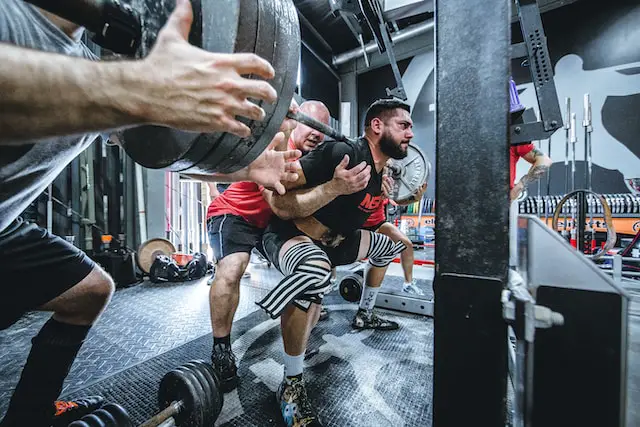
However, this doesn’t mean that seasoned individuals can’t continue making gains; rather, they might need to strategically adjust their lower body workouts to keep progressing.
Your nutritional intake plays a pivotal role.
A well-rounded diet that includes sufficient protein, carbohydrates, and healthy fats provides the building blocks and energy necessary for fostering strength.
Sufficient recovery time between lower body workouts is indispensable, particularly when targeting the lower body, which requires ample recuperation for optimal growth.
Adaptation plateaus are a reality. As your body adjusts to your routine, progress might stall. Incorporating periodic changes to your regimen can help reignite growth.
While providing an exact timeframe is challenging, many men tend to experience tangible gains in lower body strength within several weeks to a few months of consistent, well-structured training.
Noticeable transformations with the lower body workout that truly redefine your strength might take several months to a year or more, depending on your unique attributes.
ALSO READ: How To Build Six Pack Abs: The Ultimate Guide
Nutrition and Recovery
Proper nutrition is a cornerstone of a lower body workout for ensuring effective recovery after intense workouts.
What you consume directly impacts your energy levels, muscle repair, and overall progress.
Let’s delve into the significance of nutrition and recovery in a lower body workout, along with tips to support your journey.
Protein & Carbs
Protein plays a pivotal role in muscle repair and growth.
Including adequate protein in your diet ensures that your muscles have the essential amino acids required for recovery and the synthesis of new muscle tissue.
Aim to consume a source of lean protein in each meal, such as chicken, turkey, lean beef, fish, eggs, and plant-based options like tofu, lentils, and beans.
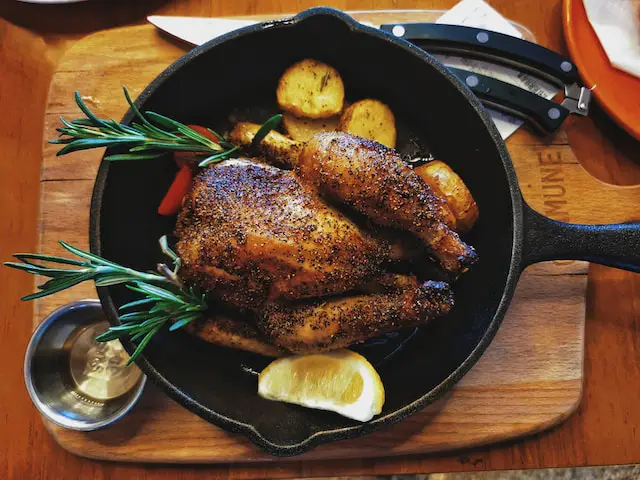
Complex carbohydrates are your body’s primary energy source during workouts.
Consuming foods like whole grains, fruits, vegetables, and legumes provides a steady supply of energy.
These foods also contain essential vitamins, minerals, and fiber that support overall health.
Hydration
Staying hydrated is essential for optimal physical performance and recovery.
Water is vital for nutrient transport, temperature regulation, and maintaining electrolyte balance.
Aim to drink water throughout the day, and consider sipping water during your lower body workout to prevent dehydration and support endurance.
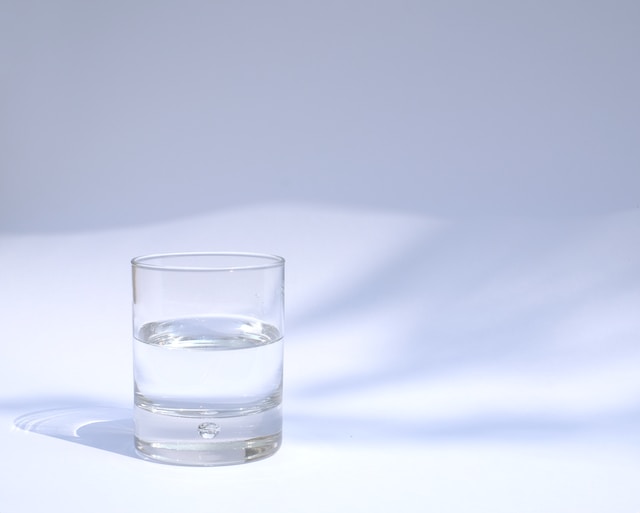
Pre-Workout Nutrition
Consuming a light, balanced meal 1-2 hours before your workout provides sustained energy.
Opt for a combination of carbohydrates and protein.
Examples include a whole-grain toast with almond butter, a smoothie with protein powder and fruits, or Greek yogurt with a sprinkle of granola.
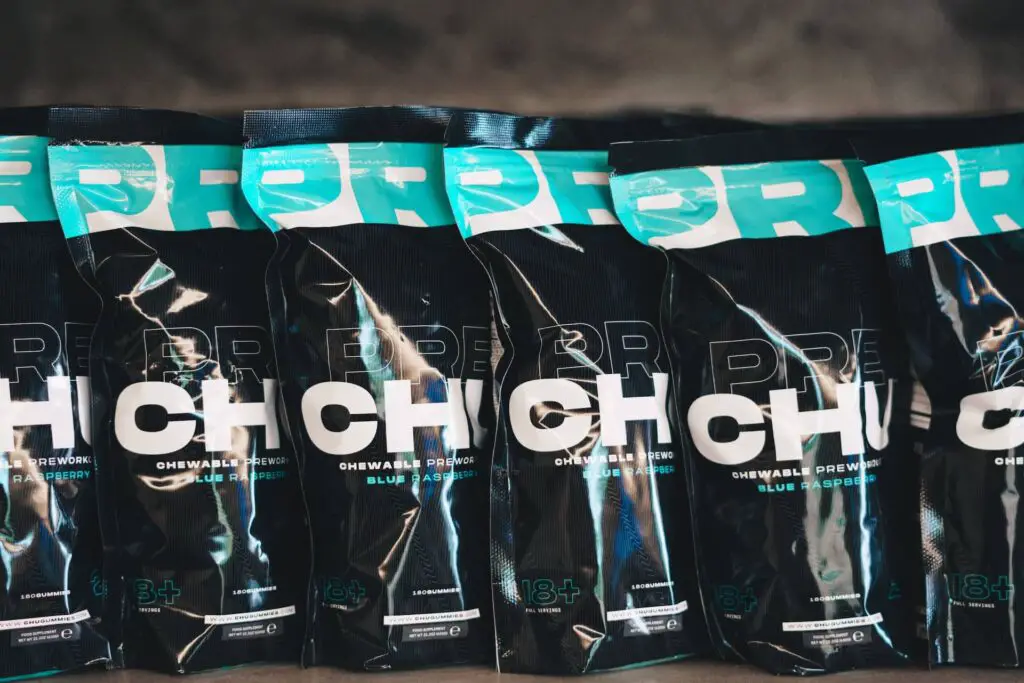
Post-Workout Nutrition
Consuming a balanced meal or snack after your lower body workout is crucial.
This post-workout window is when your muscles are most receptive to nutrient uptake.
Include a combination of protein and carbohydrates to kickstart the recovery process and replenish glycogen stores.
Greek yogurt with berries, a turkey and avocado wrap, or a protein shake with a banana are excellent options.
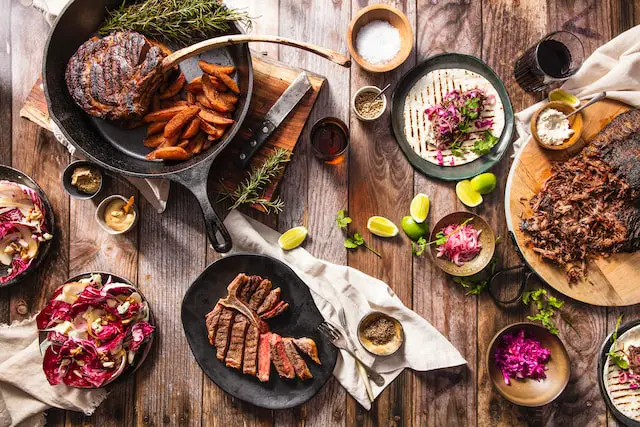
Rest and Sleep
In addition to nutrition, prioritizing sufficient rest and sleep is paramount.
Sleep is when your body repairs and grows.
Since a lower body workout is intense, aim for 7-9 hours of quality sleep each night to optimize recovery and muscle-building processes.

Frequently Asked Questions
Performing lower body workouts can be both exciting and challenging.
To provide you with clarity and insight, here are answers to some frequently asked questions about lower body workouts, muscle soreness, injury prevention, and more:
How often should I train my lower body each week?
The frequency of a lower body workout depends on your goals, fitness level, and recovery capacity. Beginners might start with 2-3 sessions per week, while more advanced individuals can often handle 3-5 sessions.
How can I prevent muscle soreness after a lower body workout?
Muscle soreness, known as delayed onset muscle soreness (DOMS), is common after intense lower body workouts. To reduce or prevent it, ensure you warm up before your workout, stay hydrated, and perform stretches. Adequate protein intake is also critical for proper recovery.
Can I do cardio on the same day as my lower body workout?
Yes, you can incorporate cardio on the same day as your lower body workout, but it’s important to prioritize your goals. If building lower body strength is your main focus, consider performing cardio after your strength training session to avoid pre-fatiguing your muscles.
Should I stretch before or after a lower body workout?
Dynamic stretching is best before a lower body workout. It helps warm up your muscles, increase blood flow, and improve joint mobility. Save static stretching (holding stretches) for after your workout to enhance flexibility and aid recovery.
How can I prevent injuries during lower body workouts?
Injury prevention is crucial. Always prioritize proper form and technique over heavy weights. Start with lighter weights to perfect your form before progressing. Incorporate warm-up exercises to prepare your muscles and joints. Listen to your body – if something doesn’t feel right, stop and reassess. If you’re new to lifting, consider working with a trainer to learn correct techniques.
Can I do bodyweight exercises for lower body strength?
Absolutely. Bodyweight exercises like squats, lunges, and step-ups can be effective for building lower body strength, especially for beginners. As you progress, you can add resistance with dumbbells, resistance bands, or other equipment to continue challenging your muscles.
Can I work out my lower body if I have knee pain?
If you experience knee pain, it’s crucial to address the underlying issue before proceeding with lower body workout. Consult a medical professional or physical therapist to determine the cause of the pain and receive appropriate guidance. Avoid exercises that cause pain, and focus on rehabilitation exercises to strengthen the muscles around the knee.
How do I know if I’m overtraining my lower body?
Signs of overtraining can include persistent fatigue, decreased performance, increased muscle soreness, and elevated resting heart rate. Adjust your workout frequency, intensity, or duration accordingly.
Remember that your fitness journey is unique, and these answers provide general guidance.
It’s always a good idea to consult a fitness professional or healthcare provider for personalized advice based on your individual circumstances and goals.
The Bottomline
Your journey to enhanced lower body strength holds the potential to reshape your fitness and confidence.
This guide has illuminated the path forward, from the virtues of a robust lower body to crafting an ultimate workout routine.
Beyond aesthetics, lower body strength fuels athleticism, betters posture, and sparks metabolism. For men, it embodies masculinity, vitality, and resilience.
The foundation of your journey is the ultimate lower body workout routine.
Amid your physical efforts, nourishment and recovery play vital roles. Proper nutrition, hydration, and rest fuel growth and renewal, amplifying success.
As you embrace this transformative journey, each lift and stride propels you towards your goals.
Embrace consistency, value the process, and revel in the challenges. Your lower body strength is a canvas awaiting your commitment.
Let it exemplify power, vitality, and resilience.
Your journey has begun – seize the opportunity to sculpt a remarkable lower body and let it reflect your dedication.
All the best, King!

